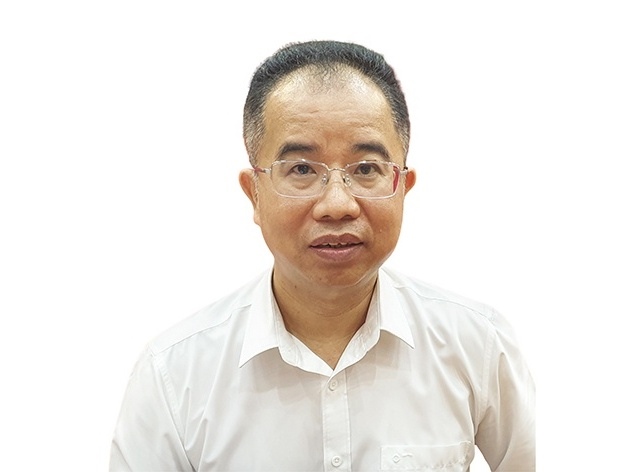Viet Nam: 30 years of FDI and counting
Viet Nam: 30 years of FDI and counting
Viet Nam’s Ministry of Planning and Investment (MPI) is drawing up a report summing up 30 years of foreign direct investment (FDI) since approval of the national Law on Foreign Investment, looking back at the impact of opening the country’s doors to multinational companies.

Speaking at an MPI meeting last week, Nguyen Van Trung, Deputy Minister of Planning and Investment, said the FDI sector had helped rebuild the country’s economy, increase export turnover, expand Viet Nam’s reach to world markets, generate jobs, acquire technology transfers, management skills and attain global economic integration.
The MPI report will include results from different ministries and departments, experts and business associations in terms of FDI attraction and management.
The report will go into details on other key issues related to FDI, such as support industries, technology transfer, infrastructure, the high-tech agriculture and service sectors, as well as preferential policies and taxation, and prospects for the future.
According to MPI data, accumulated capital invested in Viet Nam to the end of July 2017, has reached US$307.86 billion in registered capital and $163.9 billion in actuality.
These capital flows are divided across 19 branches of the economy over 63 cities and provinces. Some notable branches include the manufacturing sector with $181.8 billion in FDI, the real estate sector with $51.6 billion, amd the electronics sector with $18.4 billion in the last three decades.
Out of the 122 countries and territories whose multinational corporations have set up production in Viet Nam, the Republic of Korea takes the lead with $55.26 billion in FDI, followed by Japan at $46.47 billion and Singapore with $41.6 billion.
Many other countries with strong financial ability have expressed their intention to increase investment in Viet Nam, such as the US and China.
At present, more than 23,000 FDI companies are operating in Viet Nam, contributing up to 22 to 25 per cent of social capital, and up to 15 per cent of the State budget. FDI companies now employ about seven per cent of the country’s total workforce. Furthermore, FDI production accounts for more than 70 per cent of Viet Nam’s total export turnover.
The MPI also cited World Bank data showing that at the end of 2016, the FDI sector had contributed around 19 per cent of Viet Nam’s gross domestic product, almost twice the rate in the year 2000.
Despite its key role and major success, critics point to below expectation investment results, added values and value chain integration. There are also limits on different economic sectors in terms of FDI attraction, less than desired technological advances, and some unsolved legal matters pertaining to environmental protection, taxation and price transfer breaching.
Of special note is the fact that only up to 27 per cent of total FDI production input is generated by domestic producers, and only about 36 per cent of Vietnamese firms now participate in the FDI production network, according to the MPI.



















